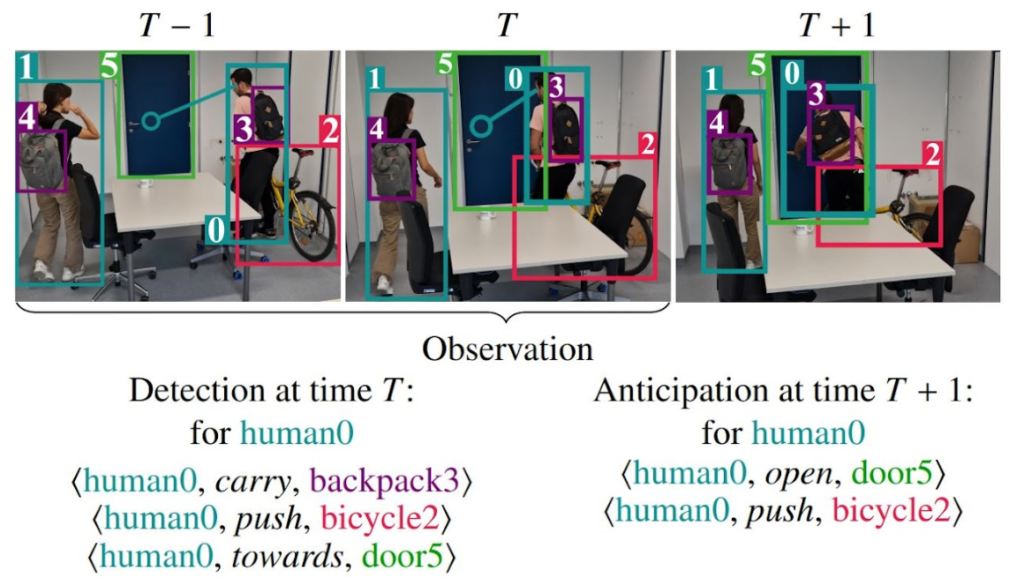In recent years, research in robotics has made remarkable strides, capturing our imaginations with the promise of machines working alongside humans to enhance our daily lives. One of the key advancements that is driving this innovation is Human-Robot Interaction (HRI), a field dedicated to improving the way robots assist us in various tasks. But what’s the secret sauce that can make this collaboration even more seamless and intuitive? It’s all about understanding human intentions, a concept that holds the key to unlocking a future where robots can anticipate our needs and provide personalized assistance.
Imagine a scenario where you’re in the kitchen, and a robot is there to help you. You decide to make a refreshing drink, and as you reach for a cup, the robot seamlessly hands you the bottle and offers to pour water for you. This scenario might seem like science fiction, but it’s a glimpse into the exciting world of Human-Object Collaboration (HRC).
What is HOI, and Why Does it Matter?
HOI, or Human-Object Interaction, is the art of teaching robots to understand not only their environment but also the people within it. It’s about recognizing and anticipating how a human will be interacting with the scene, which provides relevant information about the human’s actions and enables robots to provide timely and meaningful assistance.
This capability is crucial for several reasons:
1. Enhancing Collaboration: To work harmoniously with robots, we need them to be more than just tools. We want them to be active participants, understanding our goals and helping us achieve them. By recognizing our intentions and actions, robots can become proactive collaborators, making our interactions more efficient and enjoyable.
2. Personalization: One size doesn’t fit all. Robots that understand human intentions can provide personalized assistance. They adapt to our preferences and needs, whether it’s in the kitchen, the workplace, or even in healthcare. This personal touch elevates the user experience and makes the collaboration more effective.
3. Reducing Latency: Even when performing the most daily activities, every second counts in order to have a seamless HRI. As humans, we do not want to wait for our bartender robot to pour a drink more than we would wait for a human bartender. If not, we could just do it ourselves! To cope with this latency typical of reactive algorithms, the robots need to anticipate our actions which reduces latency and encourages assistance without waiting for explicit commands. This speed and efficiency can be a game-changer when balancing the question of whether to adopt a robot or not in daily activities.
The Power of Anticipation
Recognizing HOIs is a crucial step, but anticipation takes it to the next level. Anticipation means that robots not only see what we’re doing but can predict what we’ll do next. This predictive ability transforms robots into intuitive companions, capable of seamlessly blending into our daily routines. In PERSEO we are exploring the anticipation of HOI from human videos using spatial, temporal, and cognitive information (such as gaze). A key example of our research is depicted in the following images.
The Future is Here
Excitingly, we are already making strides in this direction using computer vision and deep learning to enable robots to detect and anticipate HOIs in real time. This breakthrough is propelling us closer to a future where robots are more than machines; they are trusted partners in our daily lives. By equipping robots with the ability to anticipate HOIs and understand our intentions, we are in the right direction for a new era in human-robot collaboration.
So, as we look forward to the exciting developments in the world of robotics, let’s keep our eyes on the horizon. The robots of tomorrow are not just robots; they’re our future collaborators, and they’re getting ready to make our lives easier, and more enjoyable than ever before.


